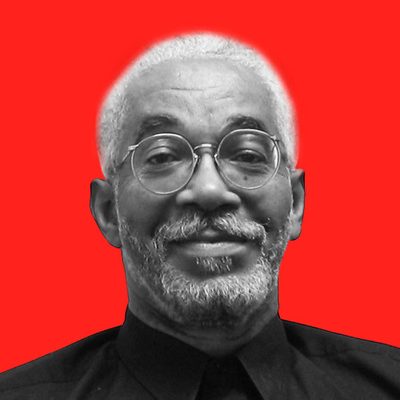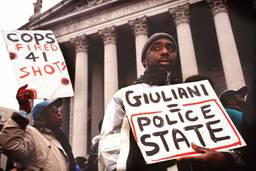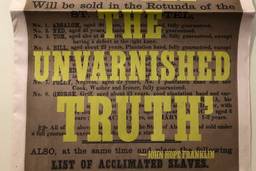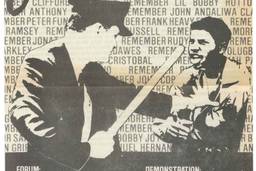Reflections on Barack Obama: A Great and Disappointing President
Hope, change and the limits of the office.
Salim Muwakkil
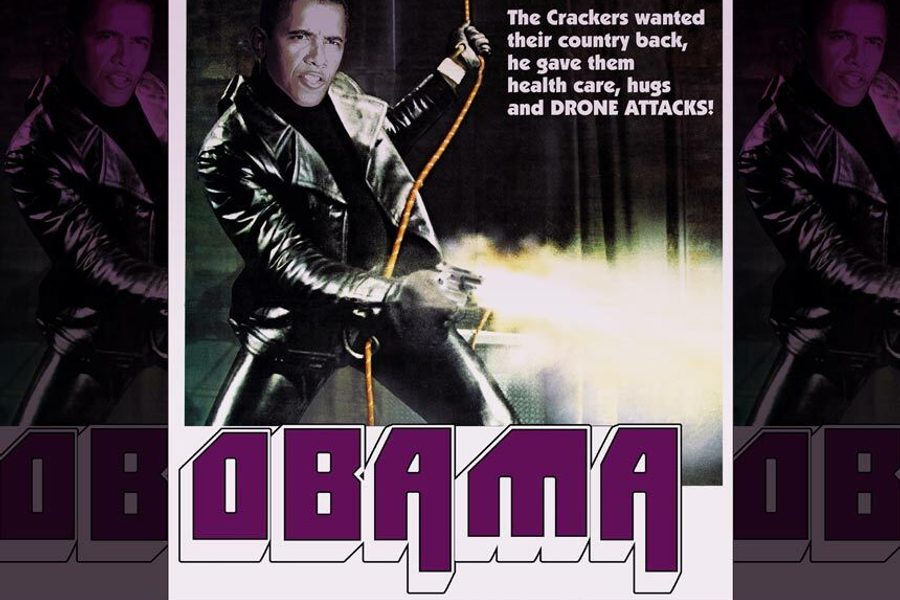
Eight years ago, many African Americans — including me — entered a state of near-delirium when a first-term U.S. senator from Illinois was elected the first black president of the United States. I watched that election unfold just blocks from the new president’s house, in Chicago’s upscale Kenwood neighborhood, in a home full of politically hardened black baby boomers. Tears were visible in most eyes. Few of us had believed we’d live long enough to see a black POTUS. Barack Hussein Obama’s victory seemed to vindicate the heroic struggles of so many unnamed ancestors.
That symbolism was potent, and it encouraged the error of conflating black Americans’ ongoing civil rights struggle with a presidential campaign — in other words, confusing the lane of racial activism with that of electoral politics. But this lane confusion was also an indispensable aspect of Obama’s rise, and that of many other black politicians: an intentional hybrid of campaign and crusade. It was the same template Harold Washington used to become Chicago’s first black mayor. In fact, Washington’s Chicago is what first attracted the young Obama to the Windy City.
Following his graduation from Harvard Law School and his return to Chicago, Obama got a job with the law offices of Judson Miner, Washington’s former corporation counsel. Miner introduced him to Chicago’s progressive community. During that process, I interviewed him for the Chicago Sun-Times and came away impressed by his sense of commitment and his deep knowledge of the black freedom movement. He knew, for example, of the ideological nuances separating Frederick Douglass and Martin Delany. This was esoteric stuff, familiar to few but black studies professors.
His wide-ranging concerns and large ambitions convinced me at the time that he was a cut above Chicago’s generic stock of provincial politicians. However, his first political campaign for state senate adopted black politicians’ stock electoral strategy of emphasizing symbolic racial representation. Such appeals were a routine part of the “black faces in high places” strategy employed since at least the 1972 National Black Political Convention in Gary, Ind., which helped cement electoral politics as a wing of the civil rights movement.
Few of the activists from those Gary days — two of whom were with us that night in Kenwood in 2008 — could have anticipated the election of the first black president 36 years later. The symbolism of Obama’s victory was so powerful it seemed to augur a progressive political turn, even an era of racial progress. The candidate’s vows of change implied he would mount more aggressive attempts to shrink the economic gaps between the rich and the poor, and many hoped the new thinking provoked by the financial crisis would create space for more creative governmental interventions.
It’s now easy to see just how unreasonable were those hopes for progressive politics and racial progress. There’s little doubt that Obama has fallen short on delivering the changes he intended. Guantánamo is still open. Deportations and poverty are up, as are corporate profits for many of the same forces that caused the Great Recession. The gap between rich and poor widened, and the wealth gap between black and white persisted.
Still, Obama faced relentless opposition from an obstructionist Congress — opposition that many believe was rooted in racism. In this context, his victories are noteworthy. He rescued a badly crippled economy, threw a lifeline to the auto industry, cut the ranks of the medically uninsured, and pushed the pace of marriage equality and other LGBT issues. His administration invigorated the Justice Department’s Civil Rights Division and encouraged probes of brutal police practices.
His failure to significantly improve the socioeconomic profile of African Americans points to intrinsic structural limits within the American presidency. There are the institutional constraints that guard against arbitrary excesses of executive power (and which enabled Congress to stonewall Obama). There are the less explicit but perhaps more binding cultural constraints, such as the public furor when he commented on racial issues.
There are also the dictates of the job. In the arena of foreign policy, for example, a president’s job can be briefly summed up as Custodian of the American Empire. Presidents are charged with maintaining and protecting (and, if possible, enlarging) that empire. The most any progressive can plausibly expect from any president is to mitigate the collateral damage.
Obama scores some points on mitigation. He helped craft a nuclear agreement with Iran, resisted at least some calls for more “boots on the ground” in the Middle East, put unprecedented pressure on Israel to cease its illegal settlement policies and initiated the normalization of relations with Cuba. Perhaps his most conspicuous success was the apprehension and summary execution of Osama bin Laden.
But many progressives argue that the historic symbolism of Obama as the first black president allowed him to serve as a Trojan horse for Western imperialism. They point to his acquiescence to the 2009 coup d’état in Honduras, his sponsorship of the NATO action to overthrow the Libyan regime of Muammar Gaddafi in 2011, and drone attacks in Somalia, Yemen, etc. And he did all of this without significant protest from black and other human rights activists who are normally quite vigilant. Obama’s defenders contend he was reluctant to take those actions until persuaded by trusted aides, but his capitulation reveals the consensus nature of presidential leadership, privileging the views of “experts.” It also made clear the United States’ vested interest in the spoils of imperialism and white supremacy. Altering those entanglements is not in the president’s job description.
Obama’s Dual Legacy
Many children’s entire experience of the world has been formed with a black family in the White House. But the first black president was as demonized as he was valorized. Despite two terms in office, for instance, many Americans still believe he is a Muslim. Others remain convinced he is an illegitimate foreign-born president.
The first black president was also a symbol that mobilized America’s reactionary forces, to remarkable success. Witness Congress’s relentless obstructionism to Obama’s incremental progressivism. By frustrating his initiatives, the Right bolstered anti-government sentiment. Ta-Nehisi Coates, writing for The Atlantic, believes the election of Donald Trump is a reaction to Obama, part of the long ping-pong of U.S. history in which progressive advances trigger reactionary backlash.
At the same time, the black freedom movement was politically immobilized by the symbolic majesty of Obama’s win. His victory was confused with a movement for racial progress, and black activism was set back.
Despite all this, Obama’s tenure will likely be remembered as a shining peak in an era of dusty plateaus. His deliberative calm and sober self-possession in the face of such crude hostilities exemplified a strength of character rare in public figures.
I was impressed by that quality when I watched Obama weather a confrontation with an angry group of ex-prisoners from the advocacy group Voice Of The Ex-Offender during a Chicago stop in his campaign for the U.S. Senate. He calmly faced heated accusations and effectively made his case, winning over an initially hostile crowd.
Obama’s policy legacy is ambiguous and vulnerable to the whims and designs of his unpredictable successor. However, his symbolic legacy is immense and likely only to grow with the aid of historical perspective and the resonance of time.
Salim Muwakkil is a senior editor of In These Times and host of “The Salim Muwakkil Show” on radio station WVON-AM in Chicago. Muwakkil was also contributing columnist for both the Chicago Sun-Times (1993 – 1997) and the Chicago Tribune (1998 – 2005). He is also a co-founder of Pacifica News’ network daily “Democracy Now” program and served as an adjunct professor at Northwestern University, University of Illinois, the Art Institute of Chicago and Chicago’s Columbia College.

